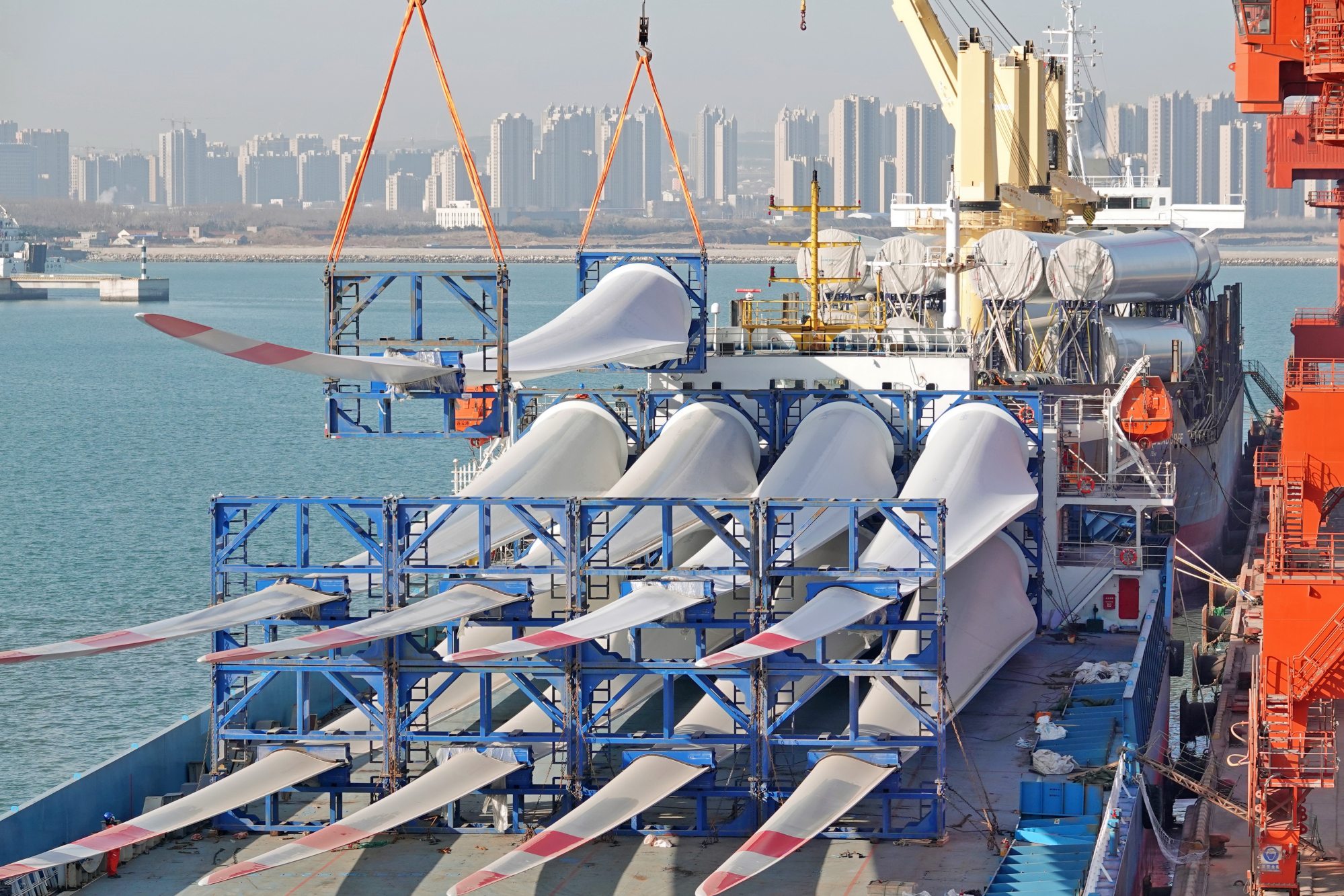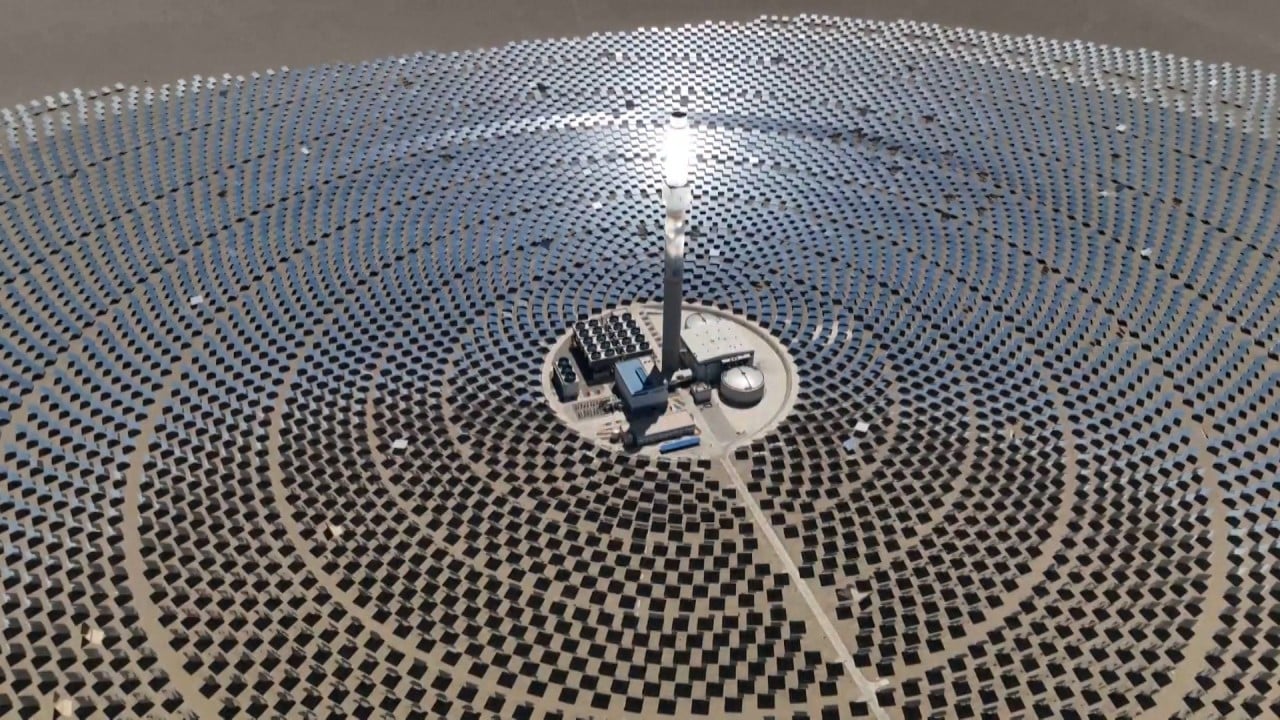China has issued its first set of proposed standards for recycling retired onshore wind turbines, laying the foundation for tackling supply chain sustainability challenges arising from renewable energy generation.
The proposal emphasises recycling of the composite materials that give wind blades the strength to withstand the environmental conditions they are exposed to in service. Methods using heat, chemicals and physical pressure to break down the blades can be used, based on consideration of technical, economic, energy intensity, safety and environmental-impact issues.
“Advanced equipment and technology should be deployed during the wind blade recycling processes, so as to raise the overall resource utilisation rate,” the circular said.

For other components such as blade hubs, towers and nacelles, recycling should involve physically blasting and cutting them into small pieces and using magnetic sorting to extract recoverable metals.
The publication of the standards came a week after China’s cabinet, the State Council, issued a wide-ranging blueprint for environmental-protection policy, which urged industries to accelerate the development of recycling facilities for retired wind and solar equipment, as well as electric-vehicle batteries.
“Recycling of decommissioned equipment is essential [as] it reduces waste, improves resource efficiency, [and] prevents pollution and ground or surface water contamination,” said Li Jiatong, project leader in Greenpeace East Asia’s Beijing office, noting the United States and the European Union have similar guidelines.
“The new guideline is a good start. China’s renewable energy recycling market is just beginning to take shape, and policy support is needed to establish more comprehensive technical standards and more cross-sector collaboration.”
AstraZeneca, Roche, peers sign renewable power purchase deal for China plants
AstraZeneca, Roche, peers sign renewable power purchase deal for China plants
Demand for sustainable waste-management solutions will accelerate in tandem with China’s renewable industry growth. The generation capacity of installed wind and solar farms reached just over 1,000 gigawatts (GW) last year, up by a third from 758GW in 2022 and contributing 15 per cent of total electricity.
The nation is projected to account for almost 60 per cent of new renewable energy capacity globally in the five years to 2028. It is also on track to reach a goal of 1,200GW of installed wind and solar capacity this year – six years ahead of its 2030 target, the International Energy Agency said on Thursday.
Some recycling of waste metals has already started in the renewable energy industry, with materials repurposed for making seats, advertising panels and shelters at public bus stations, China Central Television reported on Tuesday.
Global renewable energy growth must accelerate to reach 2030 goal: IEA
Global renewable energy growth must accelerate to reach 2030 goal: IEA
Last year, recyclers recovered around 60,000 tonnes of metals from decommissioned wind and solar power equipment, and the nation’s annual recycling capacity is expected to reach 100,000 tonnes this year, the report said, citing data from China National Resources Recycling Association.
By 2030, 35 million tonnes of waste from decommissioned equipment will need to be recycled, Me Xin, deputy director of Tsinghua Suzhou Research Institute for Environmental Innovation, said last August.
Between 100 and 240 tonnes of steel, copper, aluminium and glass fibre can be recovered from each megawatt of retired wind capacity, compared with 60 to 80 tonnes of copper, aluminium and plastics from each megawatt of solar capacity, Me said.


